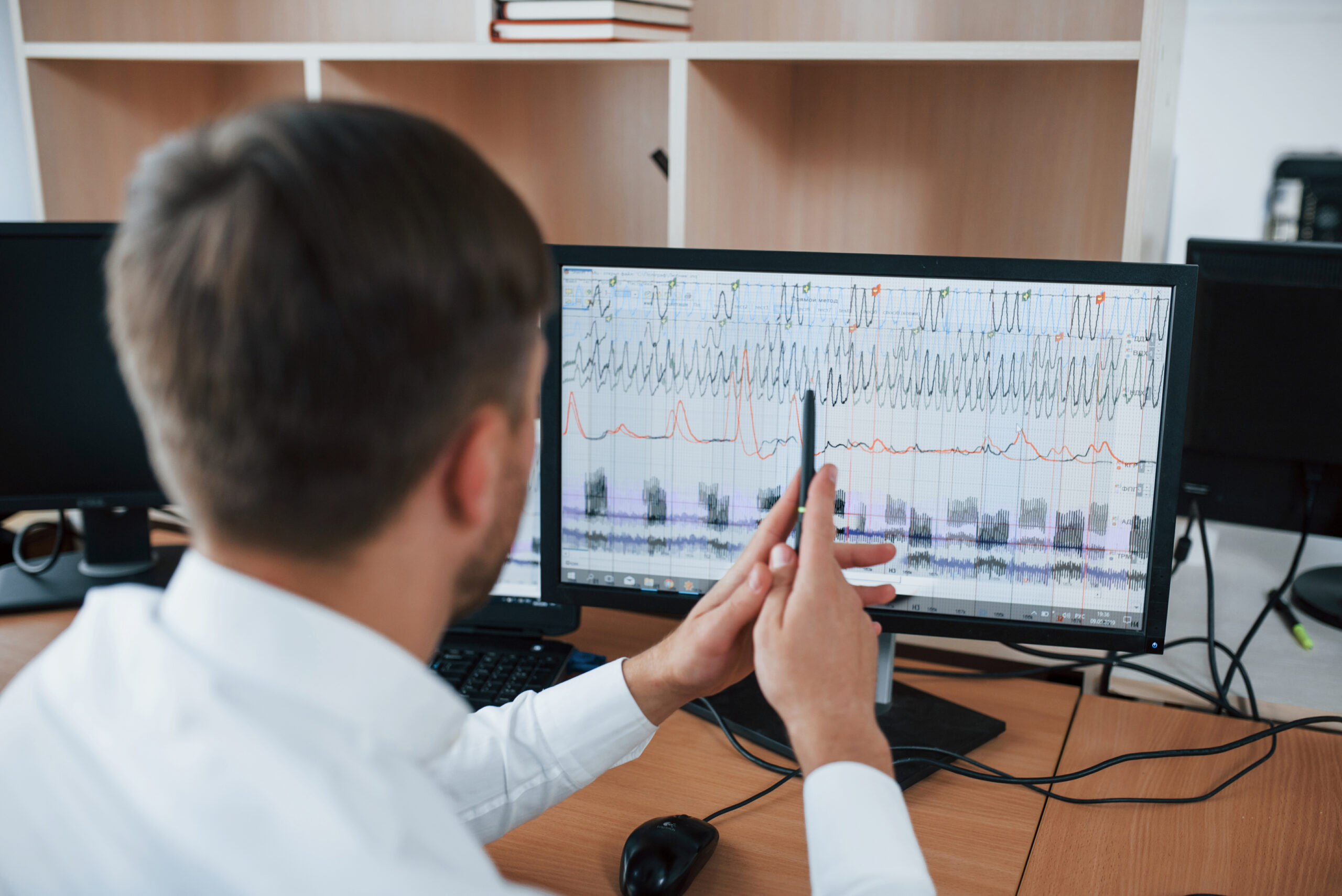When it comes to finding out the truth as soon as possible, many people think first of all about a lie detector. For most people, this is some kind of “magic” machine for determining the truth. In fact, a polygraph test is based on a purely scientific approach and involves only recording a person’s reactions when answering certain questions. Only then does an experienced specialist conduct a deep analysis of the reactions received and issue a conclusion based on his knowledge and experience.
If test on a lie detector person from reliable specialists is not possible, you want to save money or try to understand the situation yourself, today there are methods that are an alternative to the polygraph. And below we will tell you about them and their effectiveness in more detail.
Possible Alternatives to the Lie Detector
Most experts agree that the polygraph has been and remains the most effective tool for detecting lies. However, in the modern world, there is constant development of various technologies and research into new methods that allow us to establish the truth. Let’s consider several options as an alternative to the lie detector and talk about their effectiveness:
- Voice analysis. There is a theory that stressful situations lead to anxiety and changes in the voice, albeit minor. The study is conducted using linguistic and acoustic analysis. Intonation, speech rate, frequency of pauses and even word choice are taken into account. There are several devices that are promoted as voice analyzers for stress. And people often resort to their help due to their relatively low cost. However, it is worth saying that scientists and researchers in the field of lie detection have conducted a number of important studies that allow us to call this method pseudoscientific. Thus, such analysis cannot be considered a full-fledged alternative to the polygraph. This approach can only be used as an addition.
- Thermography. This method uses thermal imagers that record changes in blood supply in certain areas of the body. Sometimes such changes are visible to the naked eye – for example, when a person blushes. However, the study is aimed specifically at recording sharp and short-term changes that occur as a result of the activation of the sympathetic nervous system against the background of stress. A big plus is the ability to use the method covertly, since thermal imagers determine indicators at a distance. At the same time, the data obtained will require serious processing to be able to conduct an analysis. Although the method is generally effective, its accuracy is slightly lower than a polygraph. At the same time, it is an excellent addition to a lie detector.
- Neuroimaging. MRI and EEG technologies allow specialists to literally “look” into a person’s brain while answering questions. They are able to record the activity of certain areas of the brain, as well as capture electrical activity during cognitive stress. All this allows for a more in-depth analysis of neurophysiological processes in detecting lies. However, the cost of the equipment makes the method less popular, and the interpretation of the results is quite complex.
- Measuring pupillary response. It has long been known that pupil dilation is associated with activation of the sympathetic nervous system. It has been empirically proven that the pupil response is more intense with false responses. At the same time, there are other factors that can affect changes in pupil size. These include, among other things, a sense of uncertainty and features of cognitive processes. In this regard, it is not worthwhile to claim high efficiency of the study as an independent method.
- Micro expression analysis. People are usually emotional and often cannot control their facial expressions. As a result, they can give out involuntarily, especially when analyzed by an expert. Even millisecond changes are important. In addition to experts, special computer programs also partially perform the analysis.
Artificial intelligence is being actively implemented to detect lies, allowing for high-speed analysis of facial expressions, voice, pulse, and body movements. This approach is characterized by the absence of human subjectivity, but still requires further refinement.
Based on all of the above, we can confidently agree with the opinion that the polygraph is still the most accurate and effective method of detecting lies. At the same time, you can always use alternative methods as a supplement, which will allow you to confirm the data already obtained and learn more about the subjects.
